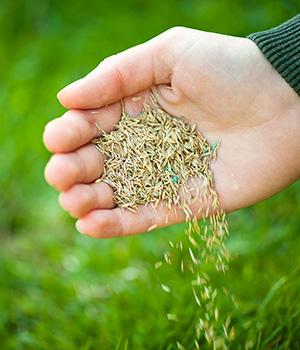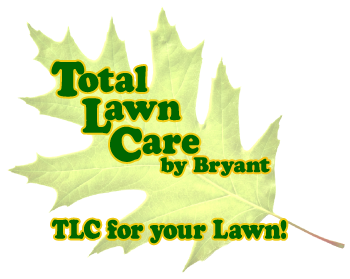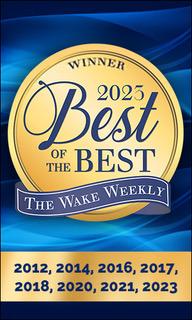Maintenance Schedule
Cool-Season Perennial Grasses/Turf (Fescue, Rye Grass, and Blue Grass)
- Winter (December - January) - Lime
- Late Winter (February - March) - Combined Pre-emergent with Fertilizer Application
- Early Spring (April - May) Pre-emergent with Fertilizer Application
- April/May/June - Post Emergent Herbicide as needed
- Fall (September - October) - Fertilizer Application, Aerate, and Seed
- Fall (November) Fertilizer Application
Approximately 4 Fertilizer Applications, 2 Pre-emergent Applications
Warm Season Grasses/Turf (Bermuda, Centipede, Zoysia)
- Winter (December - January) - Lime
- Late Winter (February - March) - Combined Pre-emergent with Fertilizer Application
- Early Spring (April - May) Pre-emergent with Fertilizer Application, Aerate, and Seed
- Summer (April - June) - Post-emergent as needed
- Summer (April, June, & August) - Fertilizer Application
Approximately 3 Fertilizer Applications, 2 Pre-emergent Applications


Learn more about the treatments and definitions listed below:
POST–EMERGENT: This is used to control actively growing broadleaf weeds (clover, chickweed, dandelions, henbit). When a post-emergent is used on mature weeds, signs of stress will appear in a week.
STRESS SIGNS ARE: The weed will turn purple or yellow, and the leaves will curl. It will take up to a month to kill the weed. Once a weed matures, it becomes more difficult to kill and may require a repeat treatment in six weeks. Post-emergent should not be applied when tempature exceeds 80°. (This is a sprayed application in liquid form.)
PRE-EMERGENT WITH FERTILIZER: This a combination of pre-emergent and fertilizer. Pre-emergent herbicide is used to prevent grassy-type weeds (crabgrass, which is more prevalent in our area, goose grass, fox tail, chickweed, poa annua (annual blue grass) from germinating (sprouting). (This is a granular application.)
AERATING: TLC uses a core aerator which pulls out a ½ inch diameter plug that is about 1-2 ½ inches long (depending on the moister content of the soil and soil type). This allows nutrients, water and air to reach the root system and it relieves compaction of the soil. This should be done when the turf is actively growing. TLC performs this service on the cool season turf in the fall and on warm season turf in the spring.
LIME: Soil ph is the measure of acidity. PH has a significant impact on the plants ability to use available nutrients. The scale of PH goes from 0-14. Seven is considered neutral, Values below seven are considered acidic, and values above seven are considered alkaline. If the PH of the soil is too high or too low the plant(s) cannot utilize the nutrients available in the soil. Most soils in this area are too acidic and thus require lime. Most plants in this area grow well with a PH range from six to seven. Lime can be applied anytime. (This is a granular application, grey/white in color.)
FERTILIZER: TLC uses a Lesco ® slow release fertilizer. This allows for a more controlled release of nitrogen into the soil, which thus reduces nutrient runoff and water pollution.

